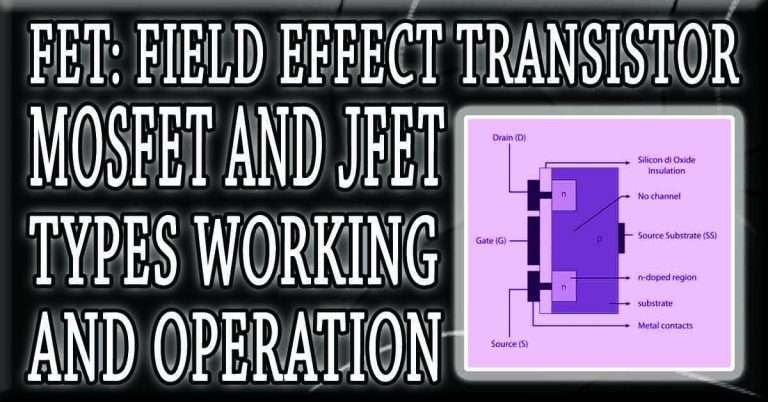Solar Panels at Home: Important Factors You Must Know Before
Table of Contents
Solar Energy Systems Basics
Introduction
There are various components and factors which we must consider before finalizing the solar panels in our solar project design. Before moving forwards, let’s have look at the below data sheet of a Solar Panel.

The above picture is for solar panels of a Canadian solar company where we will discuss the last one having serial number CS6W-540MB-AG. We will discuss all the factors in the solar panel data sheet one by one for the selection of solar panels at home.
Nominal and Maximum Power of Solar Panels at Home
The nominal of a solar panel is the power of a module that it never attains in simple words, we can say this power is the capacity of a solar panel. But what happens actually? This power never reaches actual scenarios.
This is the capacity that a solar panel can deliver, but in actual on-load conditions, it will deliver significantly less power and we call it maximum power. When we connect the solar panels at home with an inverter, the inverter operates at the maximum power point and takes the maximum power of all solar panels connected to that specific inverter.
When we look at the datasheet related to the above-mentioned module, we find the following.

This specific solar panel can only deliver 404 watts at the maximum on load. Therefore whenever we will design a solar project we will consider this factor.
Solar Panels “Voc” and “Vmp”
We can call the voltages between positive and negative connectors of solar panels in open conditions open circuit voltages. We denote it by “Voc”. The open circuit voltages are the highest voltages that a solar panel shows across its terminal. When we connect the solar panels to a circuit, the module starts supplying power to the load.
The voltages on load are comparatively lower than the open circuit voltages. So, We call these voltages operating voltages. We denote them by “Vmp”. We have also discussed the details of “Vmp” and “Voc” in our previous article with some images. Feel free to go through the basic article regarding solar panel working.
“Isc” and “Imp” of Solar Panels
Short circuit current “Isc” is the highest current that a module can supply. This attains in case of a short circuit or even if we combine positive and negative for a very short time then we can measure through an ammeter. But experts never recommend this method.
We select the fuse rating by watching the “Isc” of the Solar panels. The operating current which we can also call the maximum power point current is the value in on-load conditions. This is applicable when we connect the solar panels to the circuit. We have also explained on load conditions of solar panels and how they respond to load.
Let’s have a look at the below image which shows the short circuit current and the operating current.

In the above image, have a look at the 540W module electrical parameters. There we can the operating current is about 10.53A but the short circuit current is around 11.21A for 540Watt solar panels.
On DC side we install HRC fuses which provide better protection against overloads. HRC fuses are selected according to the type of application and current ratings of the circuit. Read more about HRC fuses and their applications here.
Standard Test Conditions “STC” of Solar Panels
Standard Test Conditions are the standards through which all PV modules are evaluated. The values in the above images against every module rating are lab-tested values. These values have been taken on standard testing conditions “STC”.We can also compare solar panels at home on the basis of these standard testing conditions (STC).
These conditions determine the real-world or on-field usage of PV modules with some pre-defined standards. It serves as the foundation for values. On the basis of these standards, the yields and efficiency of solar projects are evaluated. STC consists of three components:
Irradiance “W/m2”
Irradiance refers to the amount of sunshine intensity (which we can also call power) incident per square meter of the surface of the earth. Normally it is measured as watt per square meter “W/m2”. The standard for the lab is 1000w/m2 and the wattage, voltage, and currents have taken on this value.
Air Mass “AM”
This is basically the thickness of air for the sunlight to strike on the surface of modules. Vale in lab standards is 1.5.
Wind Speed m/s
The value for wind speed is taken as 1m/s in standard testing conditions.
Cell Temperature “Degree C”
This cell temperature in standard testing conditions is taken at around 25 degrees Celcius. This will differ from the environment or ambient temperature.
Further, if you want to choose a solar system for your home, go through our best solar system guide so that you can make a better decision. For solar projects in irrigation sector, pumps play an important role and selection matters the most. Best type of pumps for the solar tube wells are submersible and the centrifugal pumps. Read more about different types of pumps.
Follow us on LinkedIn”Electrical Insights” to get the latest updates in Electrical Engineering. You can also Follow us LinkedIn to see our latest posts.




